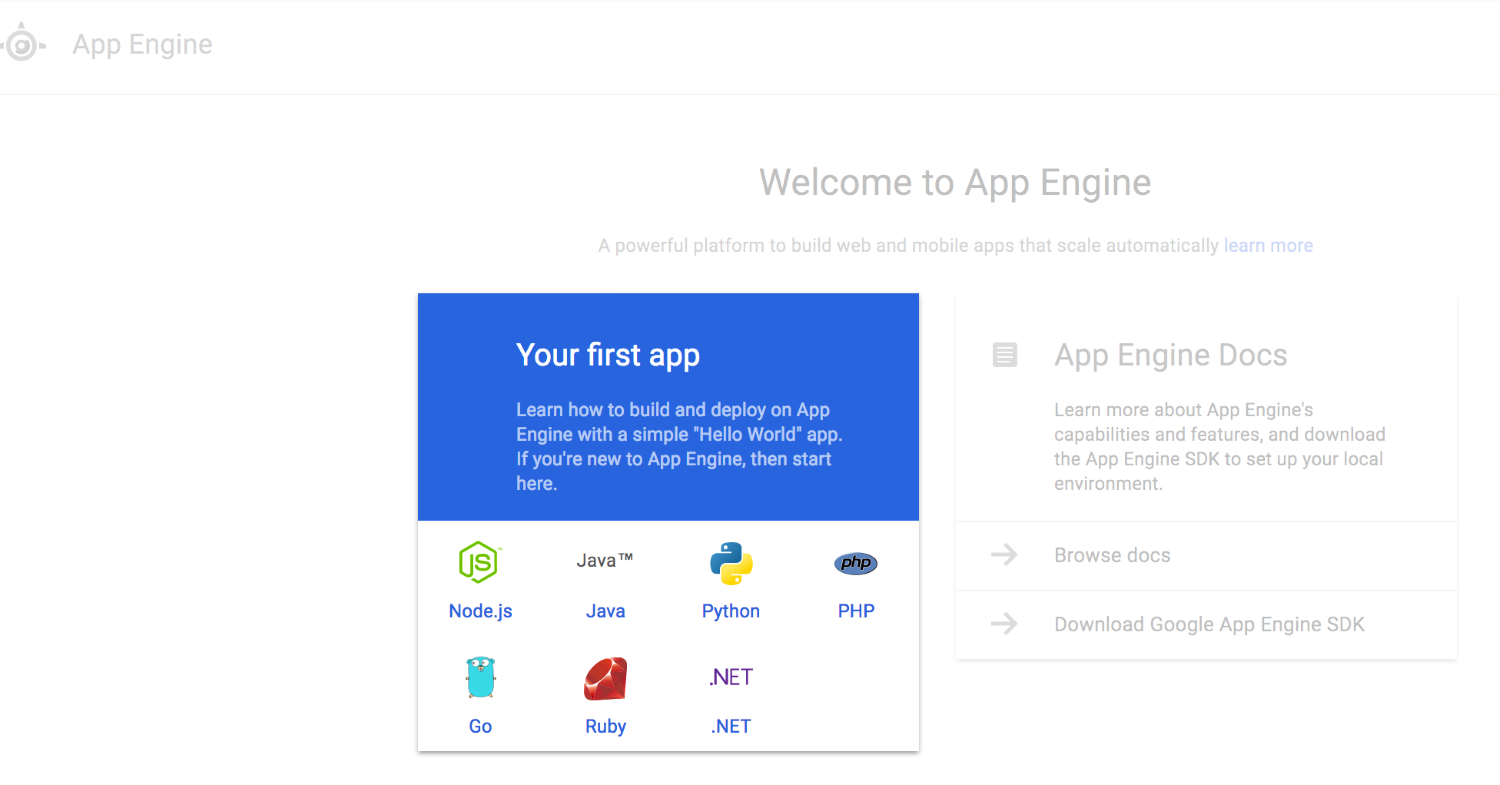In its simplest terms, SaaS means a hosted application on the internet. A SaaS provider will provide the application on their servers that consumers will be able to use.
The entirety of installing, managing, security, and troubleshooting related to the application is the responsibility of the SaaS provider.
One of the disadvantages of the SaaS-based approach is that if the SaaS provider needs downtime for any reason, then the organizations using the application have no choice but to wait, which leads to less productivity.
For example, Google Docs is a famous SaaS service. We use Google Docs (similar to Microsoft Word) and Google Sheets (similar to Microsoft Excel) online.
Microsoft Word is also ported to the cloud through a service called Office 365. We can access Word, Excel, and PowerPoint all from a browser.
The following is an example of PowerPoint that is available online as a part of the Office 365 suite, where you can run various software, such as Word, Excel, and PowerPoint from your browser without installation:















































































